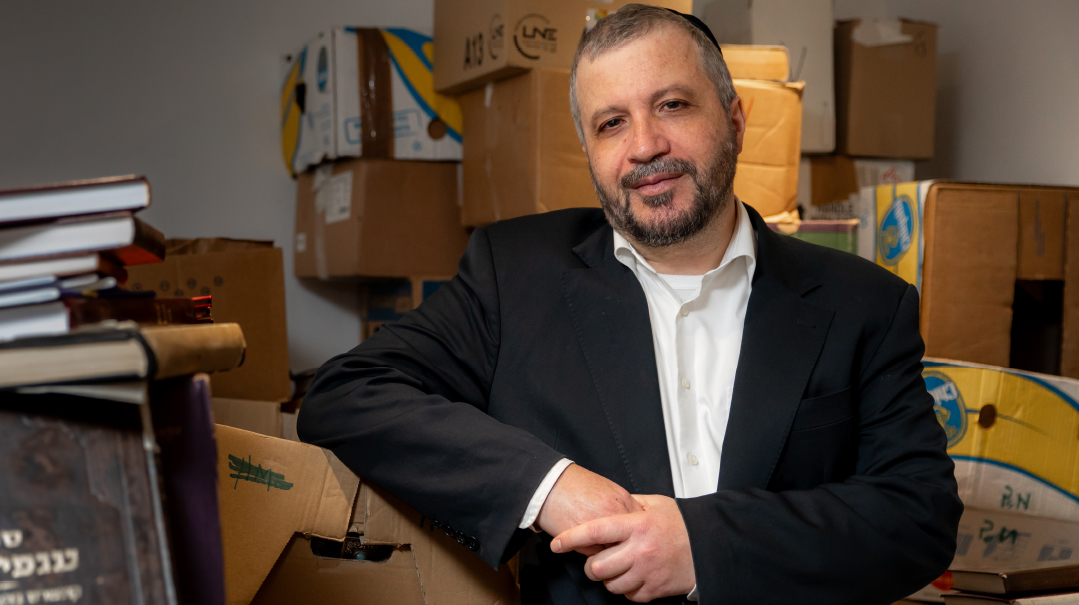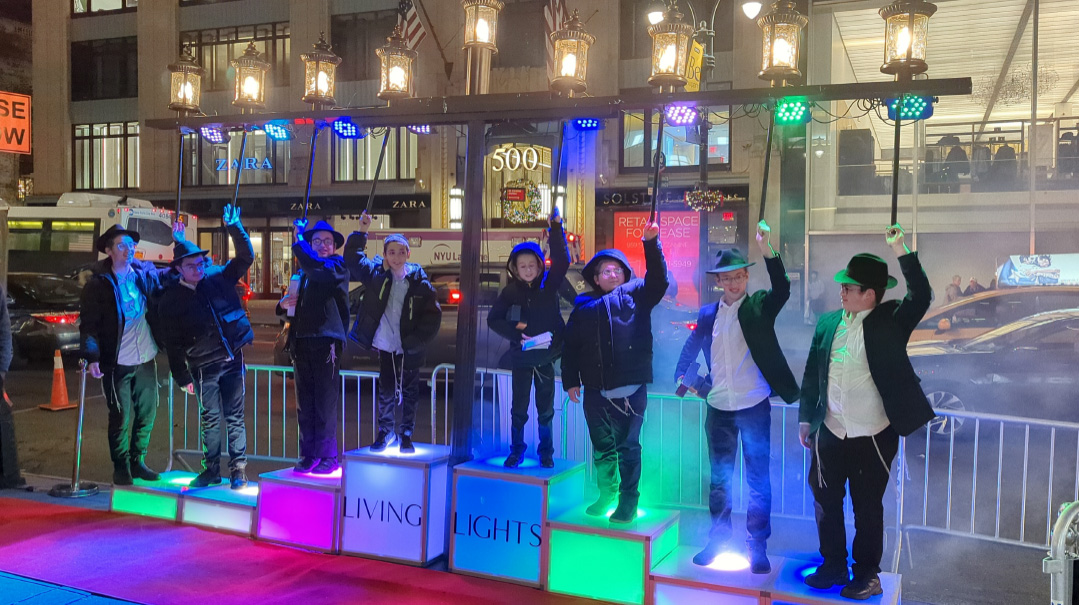Shelf Life
| May 27, 2025“There are so many people who need them — some are searching for these exact seforim”

Strasbourg, France, may not have much name recognition as far as Jewish communities go, but thanks to David Fishman, it’s become the heart of a major operation receiving seforim no longer in use and passing them on to new homes
S
tep into David and Serach Fishman’s apartment in Strasbourg, France, and you’ll see rows and rows of boxes filled to the brim with seforim. While David, a native Canadian, spends his days running a company focused on subsea turbine-sourced renewable energy and desalinated water solutions, he also devotes large chunks of time to the mammoth seforim project he’s pioneered.
David’s clientele spans the Jewish spectrum: young chassanim come to fill their new libraries after marriage, men seeking an out-of-print sefer reach out, people who can’t afford to buy seforim know he may be able to assist, and he’s even sent sifrei Tehillim to service visitors to the Jewish cemetery in Penang, Malaysia.
While typically seforim that are no longer in use are designated for genizah and eventual burial, David has found that a standard sheimos collection contains myriad items, whether sifrei Kodesh, sifrei Tehillim, or even bentshers, that are still eminently usable.
“How can one dispose of great seforim when we should be trying to save them?” he says. “There are so many people who need them — some are searching for these exact seforim, others would be interested if only they knew they were available.”
With Dedication
Sometimes the seforim that come David’s way tell a story; there are inscriptions from fathers to sons, from communities to their rav, from husbands to their wives. Others feature family trees or personal reflections.
David recalls a siddur he came across recently with an inscription marking it as a gift from a new chassan to his kallah in Strasbourg in 1857. The sefer was passed down through generations and documented the family’s history, listing marriages, births, and even tragedy, with a line about a brother who fell in the Franco-Prussian war in 1870.
When he can, David tries to track down the family members of the names noted in the inscriptions. Most of the seforim, though, don’t have personal markings, and David is happy to give them to any takers.
Initially, David went door-to-door trying to “market” these treasures for free. Over time, as people heard about his growing collection, they began approaching him when looking for hard-to-find seforim — and often he would have exactly what they were looking for. Contrary to popular belief, David explains, only a minority of seforim are reprinted frequently, and many interesting ones have been published only once. He remembers the visitor who worked in kashrus who came across a rare sefer on the halachos of salting, and he tells us about the new yeshivah that was able to build an entire library from his collection.
David is always looking for rides for his seforim; he’s sent deliveries all over Europe, the US, and Canada, as well as to Singapore, Malaysia, Indonesia, Vietnam, the Philippines, and other Asian countries. He once sent a few suitcases to Belarus, and ten years ago, he sent 1,000 kilos of seforim to Brazil by boat for someone building a beis medrash in Espirito Santo (northeast of Rio). After Pesach this year, he sent quite a number of seforim to someone in Melbourne who had been waiting patiently for someone to travel down under.
Oops! We could not locate your form.







